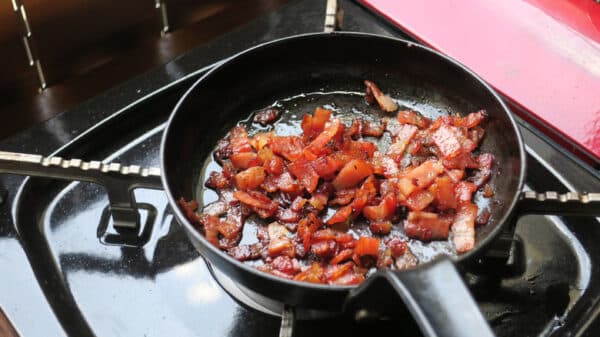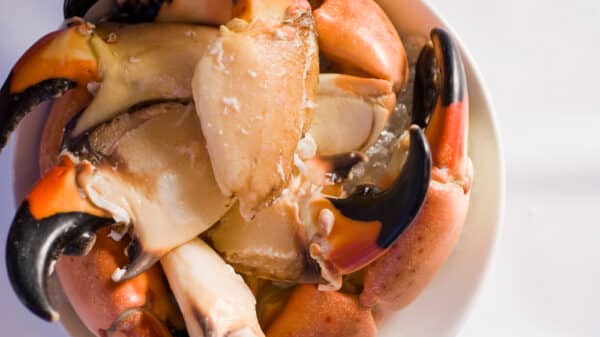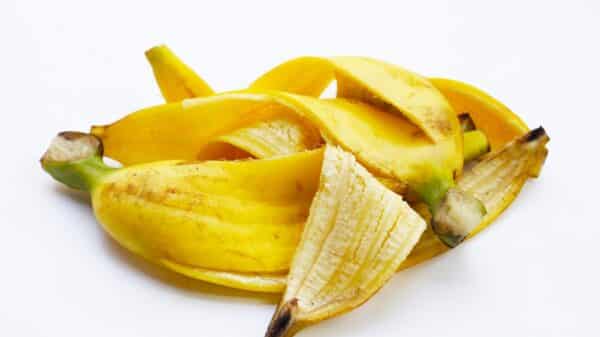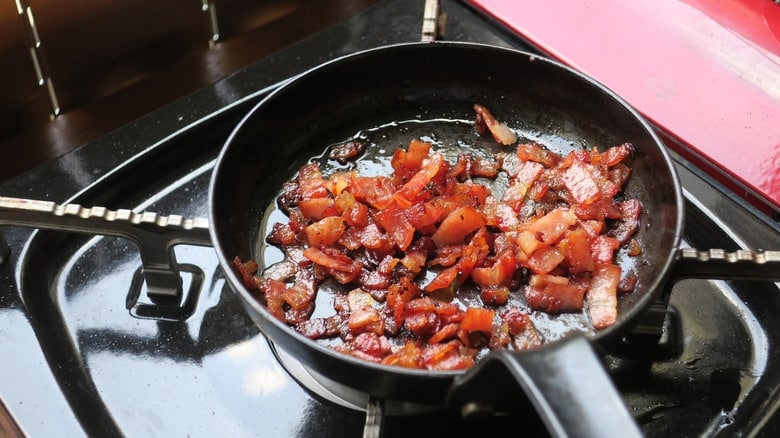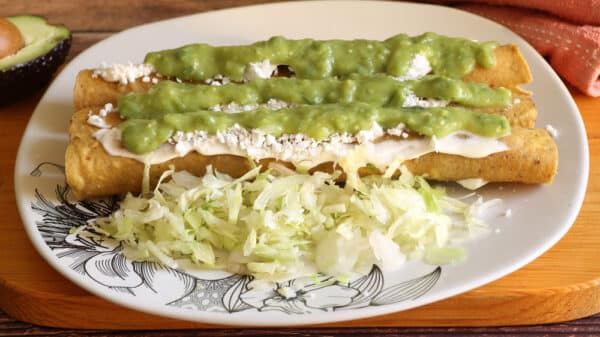Combining crispy bacon with vibrant greens has long been a favorite culinary pairing, and few creations showcase this union better than hot bacon dressing. This rich, hearty condiment, popularized in the 1970s, transforms simple salads into indulgent experiences. Let’s dive deeper into this flavorful concoction and explore its origins, preparation methods, and why it might be time for a revival.
To prepare hot bacon dressing, one must be ready to invest a little more time compared to conventional salad dressings. Start by crisping up chopped bacon and keeping the rendered fat in the pan—this is where the magic happens. The leftover bacon grease serves as the base, replacing the usual oil or butter, which lends the dressing its unique depth of flavor. Classic recipes often suggest adding onions, vinegar, and sugar to balance the savory notes of the bacon.
What sets hot bacon dressing apart is its unconventional serving method. Unlike most dressings, which are typically cooled before dressing a salad, hot bacon dressing is served warm. This technique is not merely for presentation; it actively cooks the greens, resulting in salads that might be humorously referred to as “killed lettuce.” The wilting of the leaves leads to a delightful transformation, enhancing the overall flavor profile.
What are the origins of hot bacon dressing?
The history of hot bacon dressing is somewhat obscure, but it appears to have roots in German cuisine and gained notable popularity within the Pennsylvania Amish community. It’s fascinating to note that references to this dressing have surfaced as far back as the 19th century, often paired with freshly picked dandelion greens—a true testament to its rustic origins.
In its heyday during the 1970s and 1980s, hot bacon dressing became a staple, especially with the increased accessibility of pre-washed spinach in grocery stores. Warm spinach salad topped with this rich dressing was a culinary trend, enjoyed for its comforting richness.
However, as dietary preferences shifted in the late 20th century—with growing concerns over cholesterol and the rise of fat-free diets—hot bacon dressing saw a sharp decline in popularity. Ironically, with the recent bacon renaissance in the 2000s that celebrates its bold flavor and versatility, there’s a palpable sense that hot bacon dressing could be due for a resurgence, reclaiming its place in modern kitchens.

